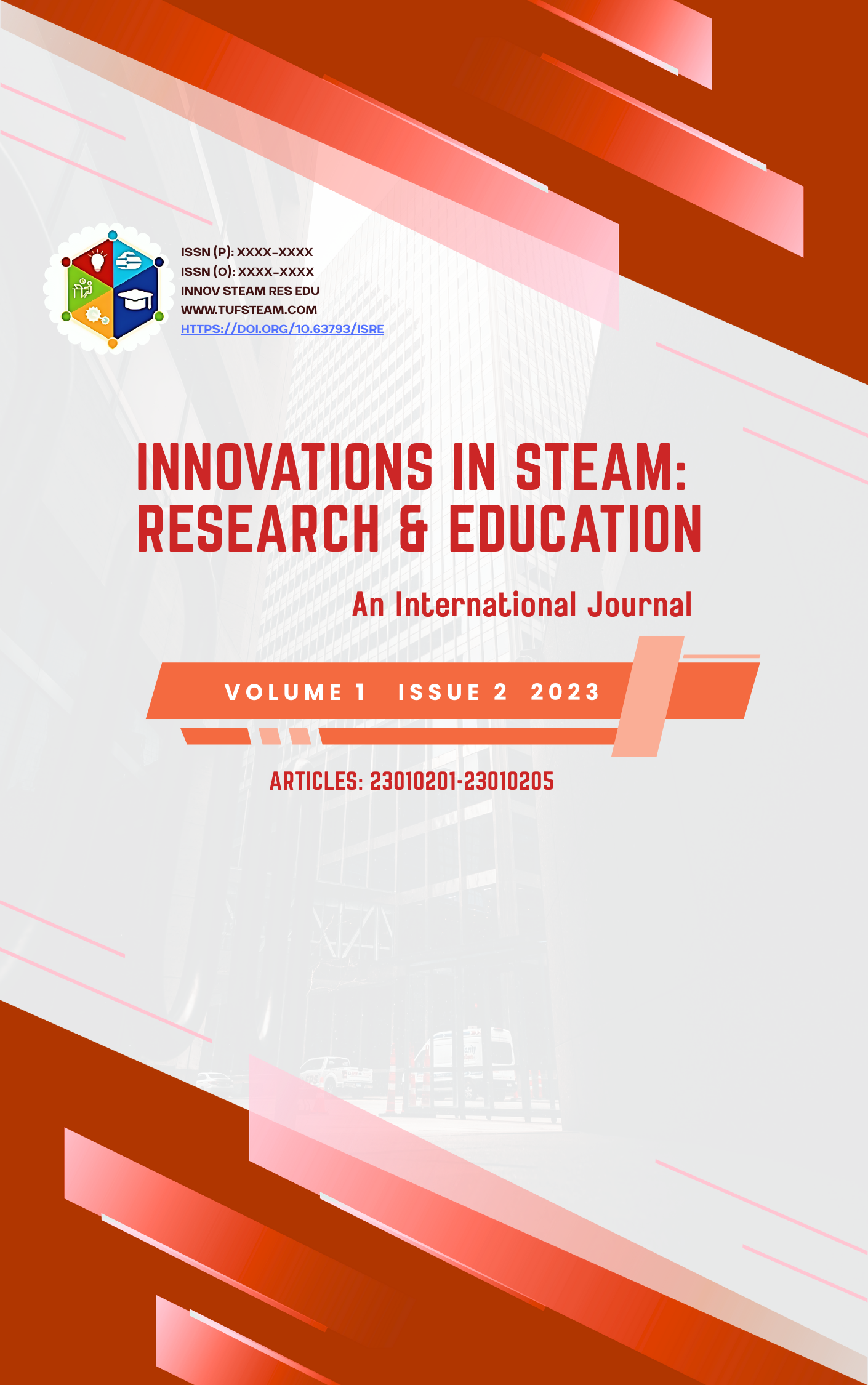Case Report on Multi-Drug Resistance Urosepsis in 19-Year-OldFemale
Abstract
Background: Multiple drug resistance (MDR) has emerged as a serious consequence of the overuse of antibiotics. Kidney stone disease results from the formation of crystalline aggregates of urinary solutes within the kidney or urinary tract. In some cases, the stone moves into the ureter, requiring a ureteral stent replacement procedure for management. However, the use of unsterilized equipment during such procedures can lead to urinary tract infections (UTIs).
Objective: This case study highlights the development of MDR Pseudomonas aeruginosa following the treatment of a UTI in a patient undergoing ureteral stent replacement.
Method: The patient developed a UTI post-procedure, confirmed through urine culture, which identified Pseudomonas aeruginosa as the causative agent. Multiple antibiotics were administered to control the infection.
Results: Despite antibiotic therapy, the patient's condition did not improve. A subsequent urine culture revealed the development of MDR due to the excessive use of antibiotics. Most antibiotics tested showed resistance, with only colistin remaining effective. Treatment with colistin was initiated and continued for 14 days. Follow-up results indicated complete bacterial inhibition and no further infection progression, leading to the patient's stable condition. Conclusion: This case underscores the importance of rational antibiotic use and proper sterilization techniques to prevent MDR infections, especially in patients undergoing invasive procedures such as ureteral stent placement
Published
Issue
Section
License
Copyright (c) 2025 TUF

This work is licensed under a Creative Commons Attribution 4.0 International License.
Innovations in STEAM: Research & Education © 2023 by TUF is licensed under Creative Commons Attribution 4.0 International









